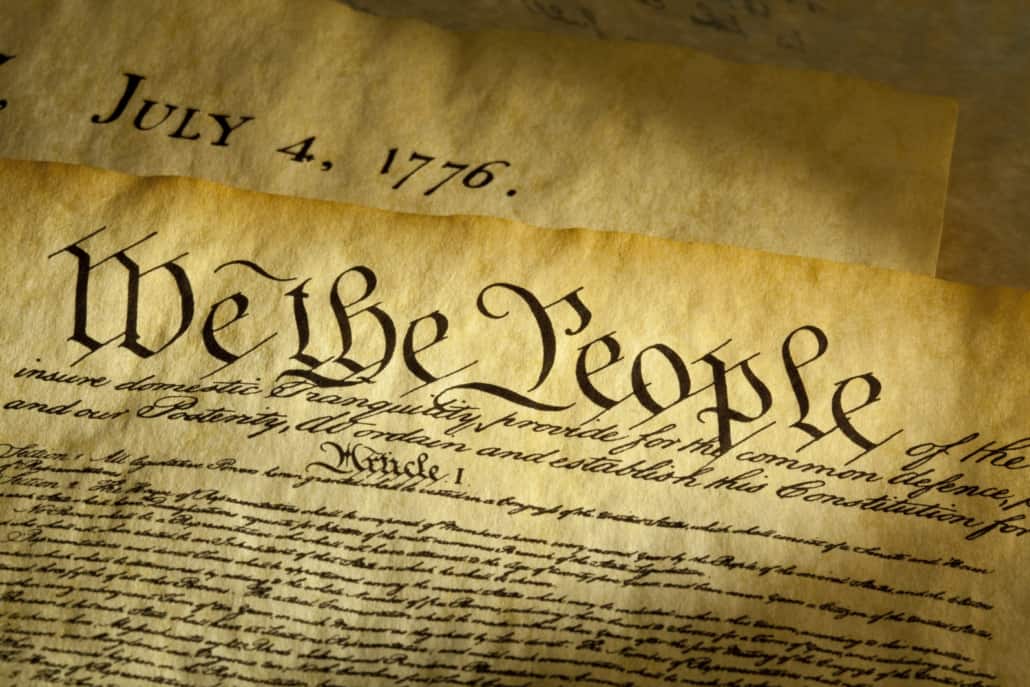This week we’re going to go over some old ground, and cover some things that are brand new to this space.
There’s an “A-Ha Moment” involved, as well as a new way to attack an old problem.
One thing most regular readers will recognize is that we’re once again visiting the wonderful world of “family governance”.
Never Start with a Constitution
Let’s set up the family governance part off the top. Back in 2018, in Behind the Flawed Family Constitution we talked about the fact that for some reason, having a “Family Constitution” had become a really cool thing that families thought they needed.
Or at least, there seemed to be renewed interest in such a deliverable, likely caused by some professionals who discovered the idea of possibly selling this idea to their family clients.
I’ve also since met with families who’ve come to believe that a family constitution could be an appropriate thing for their family, and I usually try to get them to back away from the idea, once I realize that they’re still very early in their family governance’s evolution.
Start Small, Let It Evolve
I’ve tried making this point in various ways over the years, with families as well as with other advisors who are a bit newer to the area of getting families they work with on a proper path to governance.
Then recently, form an unexpected place, I got the killer line I think I’ve been looking for to seal the deal.
I was watching a WBECS coaching webinar recently, where David Burkus was talking about working with teams in businesses and other organizations in work situations.
A big part of such teams’ success stems from getting to the point where they understand the value of teamwork. Then he said the magic words.
“I want them to make a Declaration of Interdependence”.
It hit me right between the eyes.
Why Didn’t I Think of That?
You see, back in 2015, I wrote a blog titled Independently Wealthy VS INTERdependently Wealthy, in which I first shared this notion about families being interdependent.
And, as most of you hopefully already know, in 2019, I published my second book, which happens to bear the title Interdependent Wealth.
But I had never thought about using it in an expression like “Declaration of Interdependence”. But of course that ends now.
And a little bit of knowledge of U.S. history also leads to a way to use it in the context of families, especially when they think they might want a family constitution.
A Time Lag of Measured in Years
Even though I’ve lived my whole life in Canada, it’s all been spent within an hour’s drive of the U.S. border, and there’s been a constant American cultural barrage, first over the TV airwaves and more recently over the internet, that most Canadians have become quite used to.
So I know that the U.S. Declaration of Independence was signed on July 4, 1776.
I also hear about the U.S. Constitution on a regular basis, especially since I’m kind of a politics junkie.
I admit I had to Google the date of the Constitution, because it’s less well known. It was signed in 1787 and then had to be ratified by the 13 states, which took another few years.
The Family Governance Version
So now, whenever anyone talks about a family adopting a constitution, I’ll ask when they signed their declaration of interdependence.
Now, I need to clarify how I look at this, but it’s certainly not far fetched.
You see, while the U.S. was declaring itself independent from Great Britain in 1776, whether they admitted it to themselves at the time or not, they were simultaneously declaring themselves interdependent with each other.
And that’s the most important part for any family to realize.
Families and Wealth – Intention and Commitment
When I work with a family it’s usually understood that they have twin goals of keeping both their wealth and their family together through the generations.
That work takes some intention and commitment, because, as I love to remind them, that stuff doesn’t just happen all by itself.
This is where all the governance stuff comes in, along with working on engagement, alignment, and clarity.
And while some families will end up with a Family Constitution, eventually, there are more important things to take care of first.
Understanding and accepting that all family members, from all generations, are truly interdependent, is the first key step.





